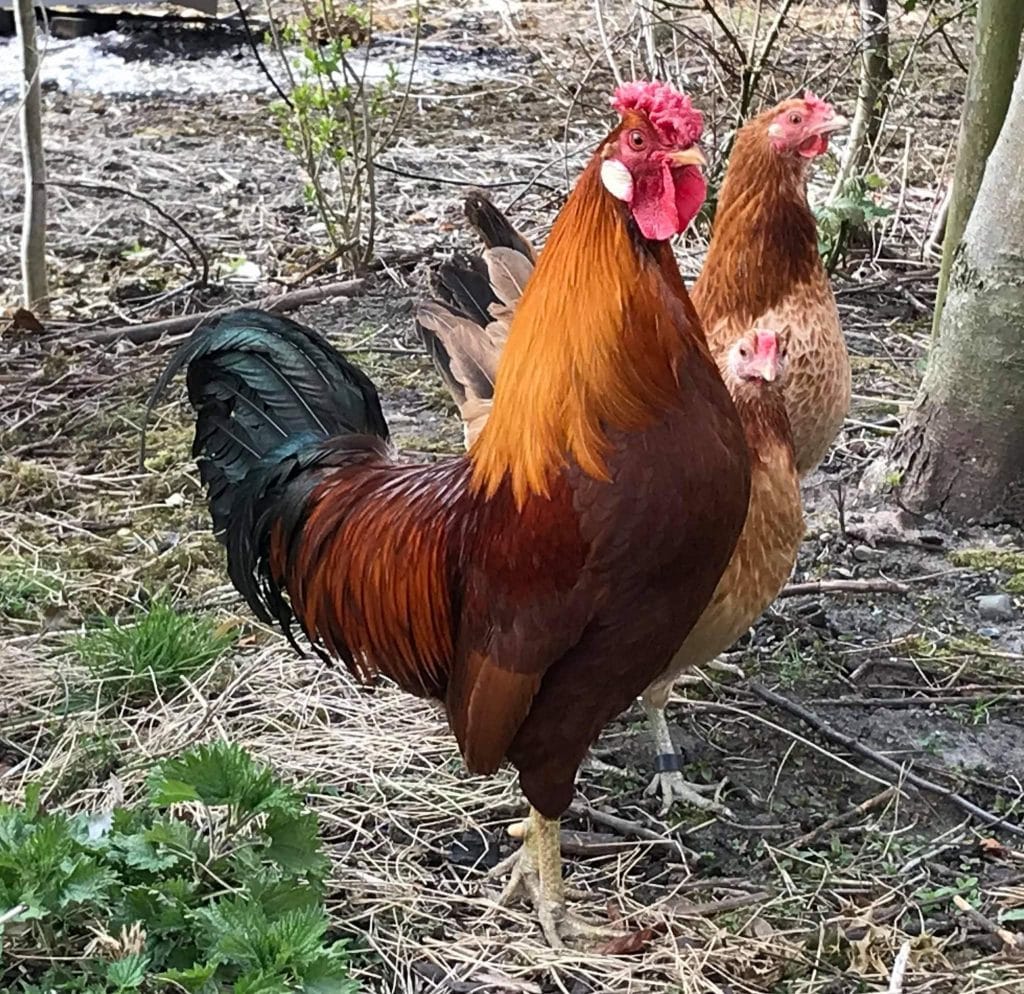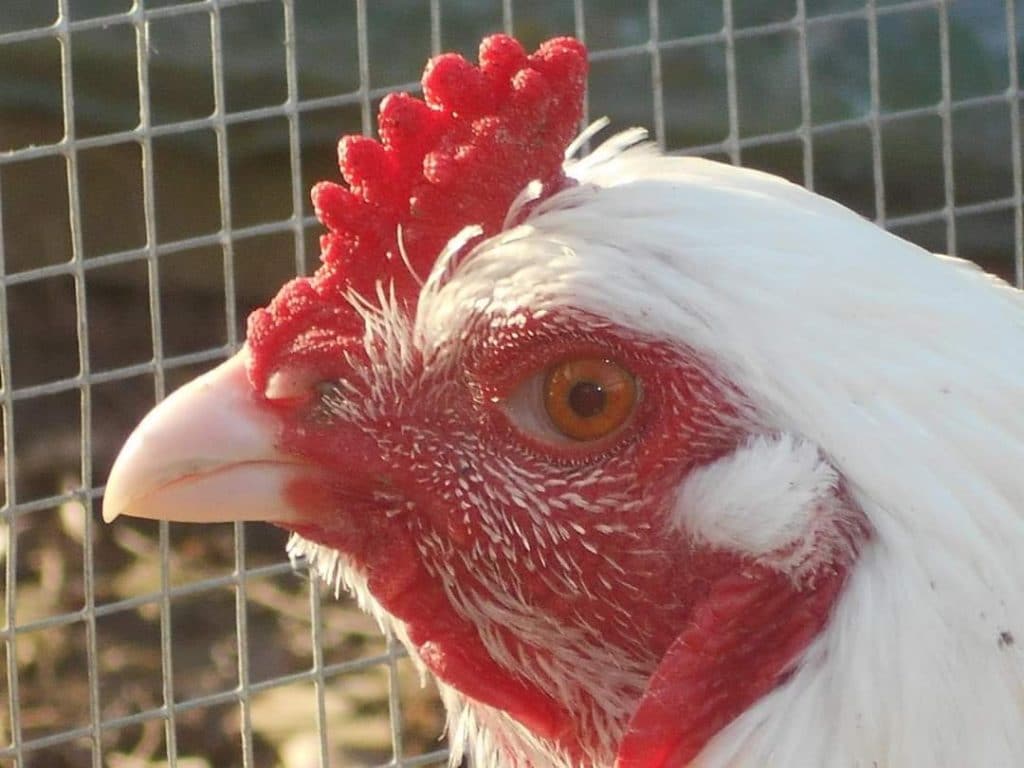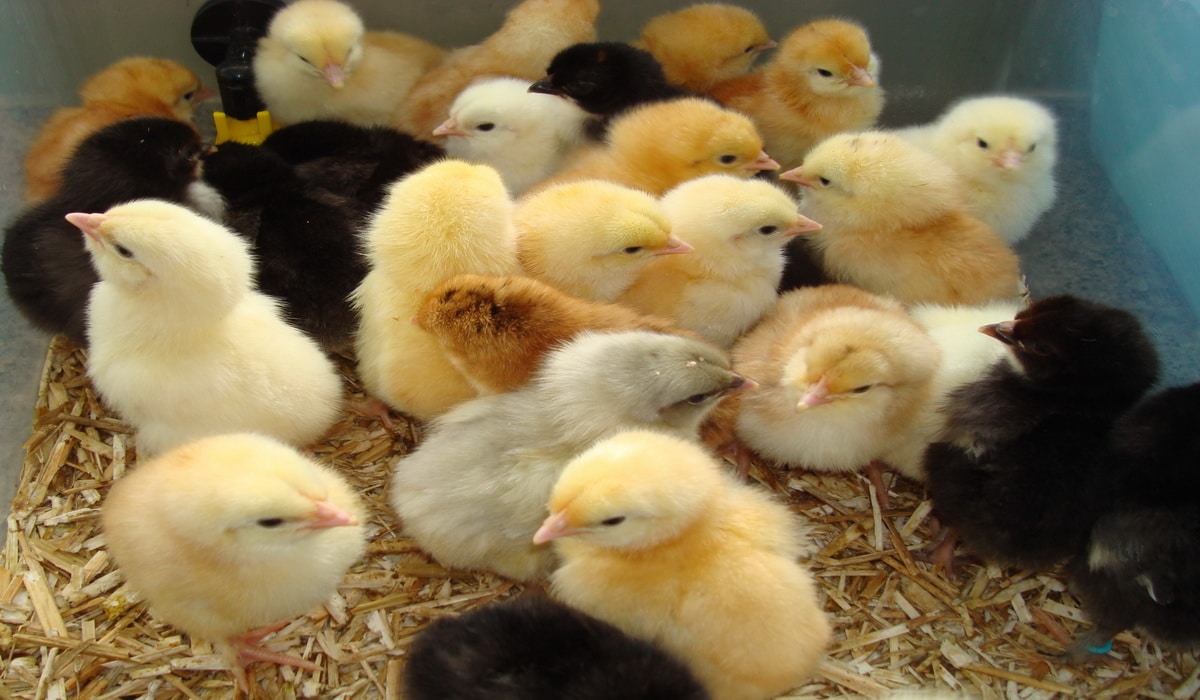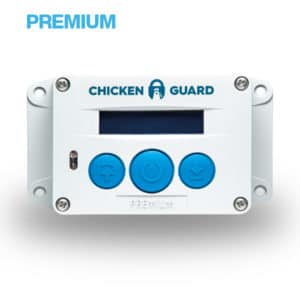Silkie
Silkie Breed Description
Silkie chickens are amazing looking birds. No-one seems to know exactly where they originated. Some say China, others say Japan or India. Either way they have the most unusual feathers of any other chicken. There are various types of Silkies with some having just crests, others have beards and muffs. They come in large fowl and bantam versions. Ours are USA Silkies which are a smaller version of the bantam. The Silkies we have here are multiple colours from gold, gold partridge, gold blue partridge, black, white and lavender. They have crests, beards and muffs so are called bearded Silkies.
Silkie feathers are more like hair and it makes them unable to fly. The wing feathers are more twisted than regular wing feathers so they cannot get much lift, if at all. The beard, muff and crest can obscure the eye so they are more easily surprised and skittish than other chickens. Due to poor eyesight, they may not eat or drink much. A careful trim is helpful to give them a better chance to see. They are not big eaters anyway.
Silkies have black skin, 5 toes, and a mulberry comb which is both mulberry coloured and shaped like a cushion. The male has a larger mulberry than the hen. Wattles are very small and the ear lobe is a bright blue.
This hen is a good broody, as they fall broody often during the year. So much so that they might rarely been seen out of the nestbox. Silkie cockerels are somewhat defensive simply because of their poor visibility. They are always on their guard. A trim tends to sort this behaviour, as once they can see properly they know what they are up against.
Care Needs of A Silkie
Silkies are not good in a mixed flock due to their timid nature brought on by poor vision. Their feather is very fine and should not get wet. Feathered feet are also prone to picking up lots of mud in unsuitable ground conditions. An ideal Silkie habitat is clean, dry, mud free and only with other Silkies for company.
Breed Temperament
Silkies are not good at mixing with other chickens or rather they are not safe with larger chickens. They are quiet and curious. Due to their broodiness, they need care to avoid being malnourished in repeated broody episodes. See our blog article on broody behaviour
Breed Size
The USA Silkie is a small bird. Probably about the size of a pigeon.
Silkie Eggs
This chicken is classed as a poor layer of small eggs. Our Silkies lay about 10 eggs on consecutive days and then stop for a few months at a time.
Further Information
If you would like to know more about keeping chickens and which are good equipment choices then consider our online courses.








